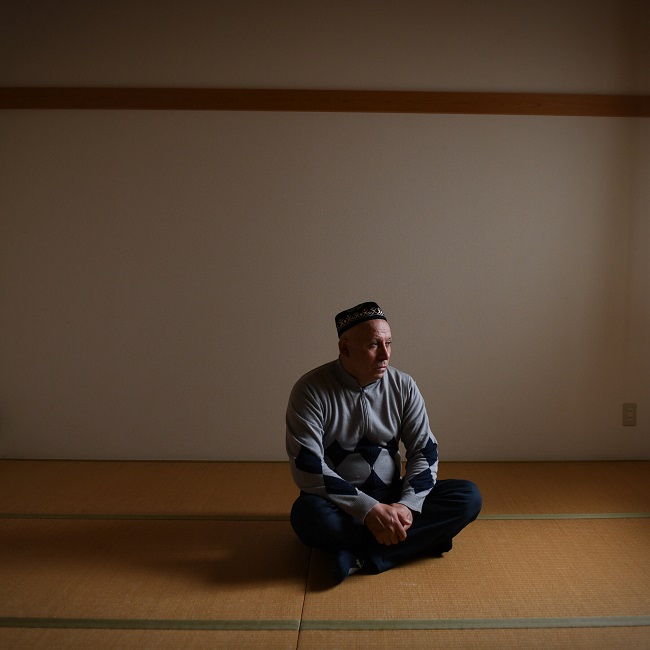When watching anime, it is essential to know the language. While the language of Japan is quite similar to that of English, it is distinctly different. Its vocabulary is very different from that of other media, and it lacks the formality of ordinary Japanese. Characters in anime tend to use more vulgar expressions. This can be difficult for English speakers to learn, but it is a helpful tool for those who want to improve their understanding of the language.

In anime, the Japanese language is commonly used to speak about friends, family, and other people. The word san, which means “lord,” is used for customers and deities. Samurai use the word dono to refer to their enemies. Children and younger colleagues are called senpais. In the manga, samurai use the term dono. In anime, this term is often replaced with chan or Kun.
Anime has a variety of dialects and different ways of talking. In addition to formal language, it also includes slang and made-up words. In general, the language of anime is gruff and casual, with no distinction between formal and informal. Although the Japanese language has many dialects, you will notice some standard features and styles of speech. A guide to understanding anime’s language and pronunciation is highly recommended.
As an aside, it is also essential to learn how to pronounce words and phrases. Many Japanese characters in anime speak with stereotyped roles or speech patterns that are not common in real life. These roles have their specific grammar and vocabulary. This means that you should try to understand the nuances of the dialogue and understand the tone of voice. This can help you understand the conversation and distinguish between the two.
The Japanese language is very different from English. However, it is essential to learn the differences between the two languages to understand the anime character’s speech. For example, Lupin III is a famous mystery series that follows the adventures of a master thief. The characters speak in their language, which is very common in Japan. When a person uses the Japanese vocabulary to communicate with someone else, they will use “sama” instead of “senpai”.
Another critical difference is in the way people address each other. The shoujo style of anime uses more formal words and sentences, whereas shojo anime uses more informal ones. For example, shoujo characters tend to say “dear” rather than “hello.” This is a more casual way of saying “hello” and addressing someone. For more formal conversations, shoujo would be the more appropriate choice.
The Japanese language has a strict hierarchy of honorifics. The most common honorific is san, while chan and Kun are reserved for friends and family. There are also several other types of honorifics, and they are most likely to be found in anime. The most common words in Japanese anime are chan and Kun, and both have their usages.
Anime can also help you learn the language of Japan. Various episodes and movies use both English and Japanese as the primary language. Some anime characters will speak only one language, which can confuse the novice. This is why watching anime is a great way to improve your language knowledge. It’s a great way to improve listening skills and build a strong foundation for your future career in the country.
Although there are several dialects and accents, Japanese anime is usually based on Standard Japanese. Speaking formally is more appropriate than talking casually, as this accent can be very awkward. Unlike the Japanese, however, they do not have a formal style of speech. They use a precise vocabulary to express themselves in various situations. If you don’t speak a native language, it is unlikely that you will understand everything.



